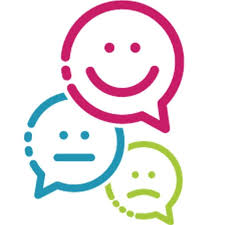Specialist activities I can do to help my child / young person with their understanding, talking or communication
You haven't selected an area yet so you will only see core resources from across the UK. Select your local area from the home page
The resources here will help you reach the outcome: "I know what specialist activities I can do to help the young adult in my family with their understanding, talking or communication."
Click the star icon ![]() next to the items you want to save and view them in your pathway
next to the items you want to save and view them in your pathway
Supporting Understanding
This video features six top tips to help a young person better understand what is being said to them.
It is part of a series that has been made to help parents and carers support young people (aged 11-18) with communication difficulties.
Cost: Free
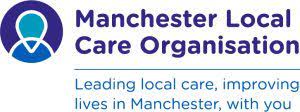


Makaton sign and symbol resources
These free Makaton resources are available for you to access and use to support communication. These symbols and signs help you to provide extra information and clues about what you are saying as well as support the development of essential communication skills such as attention and listening and understanding.
Cost: Free



RADLD
Developmental Language Disorder (DLD) is diagnosed when children and young people struggle to develop language, resulting in a difficulty understanding what people say to them and articulating their ideas and feelings. This website signposts parents and carers to further information and resources to help identify and support young adults with DLD.
Cost: Free




AAC information
A range of information to support use of argumentative and alternative communication approaches. The “Focus On…” series of eight leaflets cover topics related to augmentative and alternative communication (AAC). They are available in print copy and as downloadable PDF files.
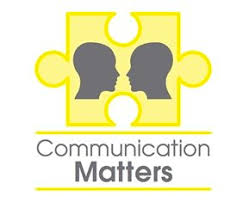

Attention Autism
Attention Autism is an intervention model designed by Gina Davies, Specialist Speech and Language Therapist. It aims to develop natural and spontaneous communication through the use of visually based and highly motivating activities. It has been designed to help parents and professionals give their autistic child an irresistible invitation to learn, having fun whilst doing so and providing the child with an experience worth communicating about. Training is available for both professionals and parents.
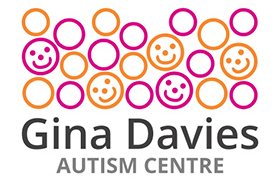

Engage with Developmental Language Disorder
Engage with Developmental Language Disorder (E-DLD) connects people affected by DLD to academic research. E-DLD keep families and individuals updated on research findings; current research projects; DLD-related activities. They also host events, allowing members to meet and share experiences. E-DLD supports researchers and other professionals working to improve outcomes for people with DLD.
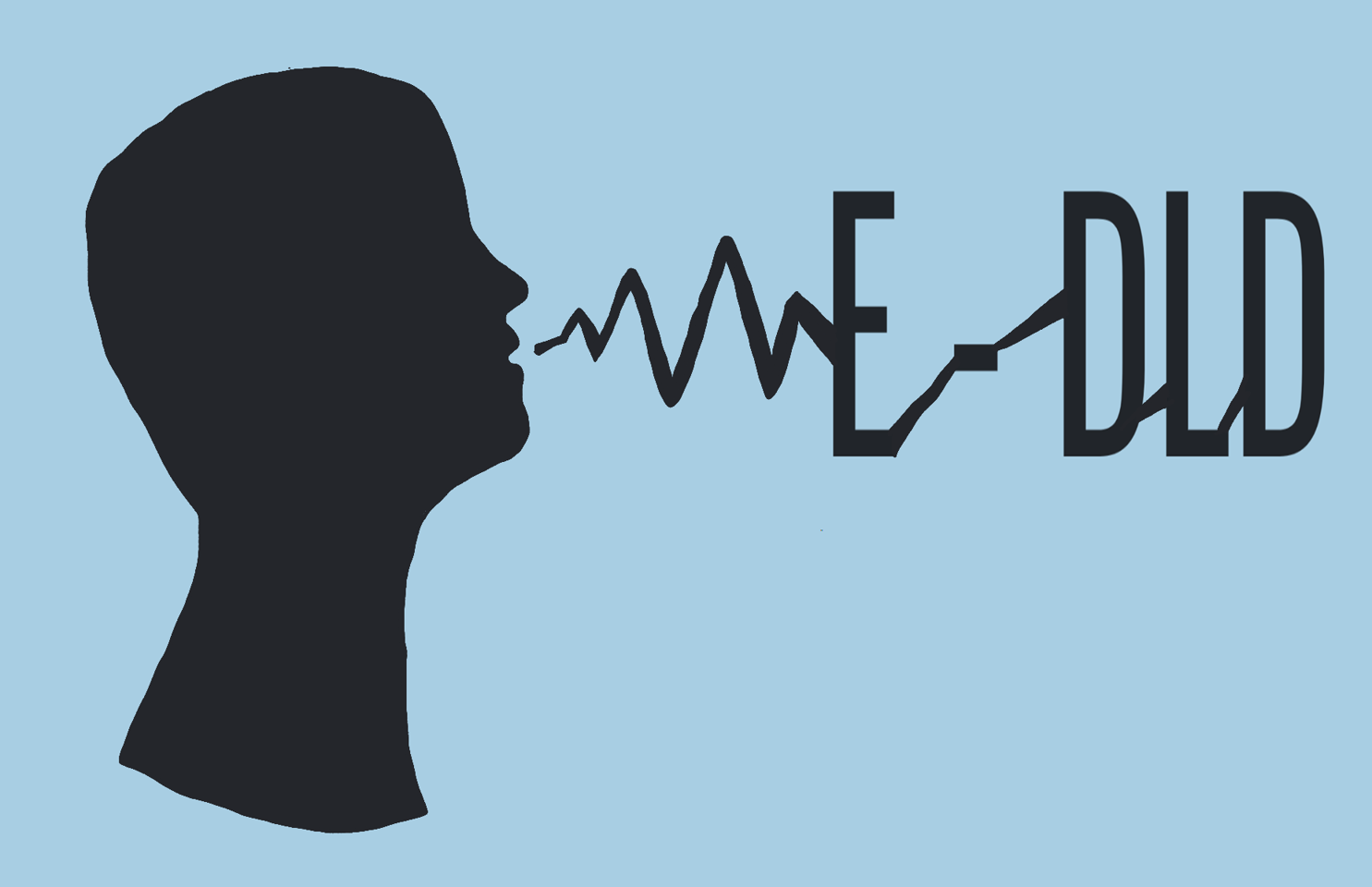




Signs and Symbols
Widgit provides symbols that can be used to support communication making information, documents and resources to be more accessible and inclusive. The symbols can be used for a variety of purposes such as creating communication books to share information; visual timetables to support understanding of structure and routine; task boards to support independent learning; pictures to develop vocabulary and to support children learning English as an additional language.
This website has information to support your understanding of how to use symbols including training resources, events and links to a network of organisations around the UK who offer advice and support.
There is also information for parents and carers to help them understand how they can use symbols to support young people.
Cost: £9/month upwards


Michael Palin Centre for Stammering
The Michael Palin Centre for Stammering helps children, young people and adults who stammer through individually-tailored therapy delivered by highly experienced specialists.
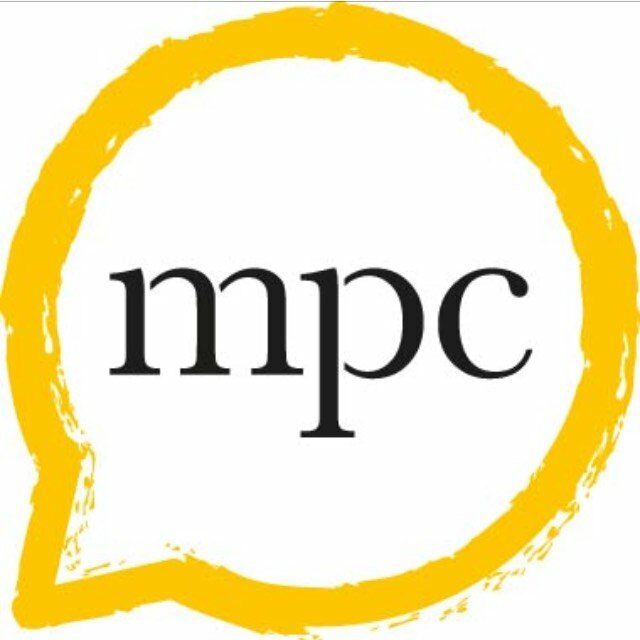




Symbols
Widgit provides symbols that you can use to support communication such as creating communication books to share information; visual timetables to support understanding of structure and routine; task boards to support independent learning and pictures to develop vocabulary. Here you will find more information about how to use symbols to help communication and independence. It also include resources and ideas to get you started.



Action for Stammering Helpline
Action for Stammering Children (ASC) is a UK charity which aims for a society where children and young people who stammer have the same opportunities and quality of life as their peers. Their goal is to ensure that every child and young person across the UK who stammers has access to effective services and support to help them meet the challenges they face. Call their support hub to speak to a professional who will be able to answer your questions.
Cost: Free
